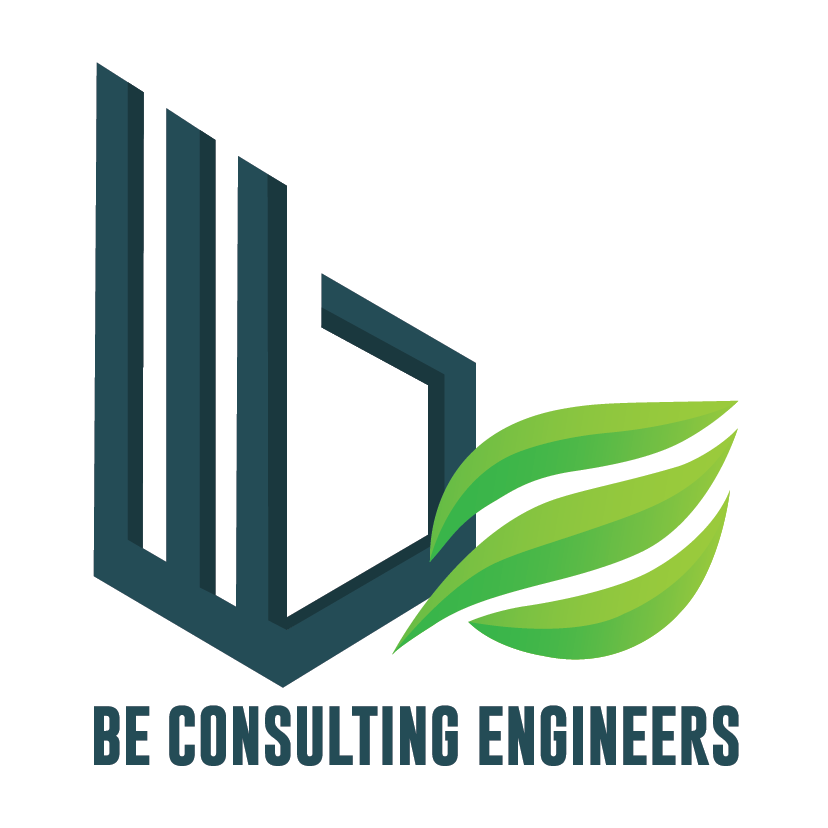1 Introduction
This document provides the criteria to be used for assessing applicants under the specific area of practice of Building Services Engineering.
The Guideline has been prepared by a competency panel comprising representatives of Engineers Australia’s Society of Building Services Engineering and the Colleges of Electrical and Mechanical Engineers. The setting of standards and administration of the registration scheme is the responsibility of the competency panel, and assessment of applications is the responsibility of an assessment panel established by Engineers Australia and comprising experienced practitioners from the Society and the Colleges.
The specific area of practice of Building Services Engineering is to distinguish engineering practitioners competent in the practice of Building Services Engineering and to facilitate the recognition of Chartered Members of Engineers Australia applying for dual membership under the Heads of Agreement with the Chartered Institution of Building Services Engineers. Administration of the registration scheme is the responsibility of the Registrar, Professional Standards at Engineers Australia.
2 Background to Building Services Engineering
Building Services Engineering is multi-disciplinary in nature. By definition, it is the practice of the art and science of engineering for the purpose of achieving optimally integrated building systems incorporating environmental control and safety provisions for the comfort and wellbeing of the occupants of the built environment.
Broadly speaking, the areas of practice embraced by Building Services Engineering, in the context of the built environment, involve:
• Air conditioning and mechanical ventilation
• Electrical light and power
• Fire services
• Fire safety engineering
• Water and waste services
• Data and communications
• Security and access control
• Vertical transportation
• Acoustics in buildings
• Energy management
The scope of activities by individuals or organisations practising in Building Services Engineering includes, but is not necessarily limited to:
• Teaching and training
• Research and development
• Design and documentation
• Manufacture and supply
• Quality assurance
• Installation, testing and commissioning
• Operation and maintenance
Accredited or recognised building services engineering degree courses are established overseas and in the State of Victoria, and are emerging in other jurisdictions. However, many applicants seeking recognition as building services engineers will have academic qualifications and professional experience in other fields. Such applicants will need to show that they have received adequate training and practised independently, or under general direction, as building services engineers.
3 Areas of Practice
The main areas of practice include, but are not limited to the following:
• Air conditioning, including plant design, chiller and pump selection, ductwork sizing, fan selection and acoustics.
• Heating and refrigeration, including plant design, pipework sizing, pump selection, insulation and
• alternative energy sources.
• Mechanical ventilation including smoke exhaust systems fan selection, ductwork design and fire rating considerations.
• Vertical transportation including, hydraulic and traction lifts, traffic analysis, escalators, moving walkways and hoists.
• Hydraulic systems, including sewerage and drainage pipework design, and potable and hot water reticulation.
• Electrical distribution, including reticulation electrical supply, switchboard design, circuit protection and cable selection.
• Standby power generation including, co-generation, uninterruptable power supplies, generation set selection, co-generation analysis and UPS criteria establishment.
• Lighting, including internal general and task, emergency evacuation, external and specialist lighting.
• Lightning protection, including earthing systems.
• Building telecommunications, including telecommunication system design, cabling management, antennae, networks and MATV.
• Building systems, including system monitoring and management and DDC integration.
• Security systems, including access control, monitoring, CCTV surveillance and alarm notification.
• Timing systems, including automatic scheduling and sports timing.
• Energy management, including control [PLC] systems, selection of energy tariffs and lighting controls.
• Maintenance and facilities, including management, planned preventive maintenance, and total asset and facility database management.
• Fire services, including manual and automatic detection, alarm and suppression and integration of smoke control systems.
• Fire safety, including risk management, assessment of risk to life safety, classification of risk and risk minimisation (see below).
Original Source – https://www.engineersaustralia.org.au/sites/default/files/building_services_guideline_issue_1_rev_0-24aug2015.pdf


